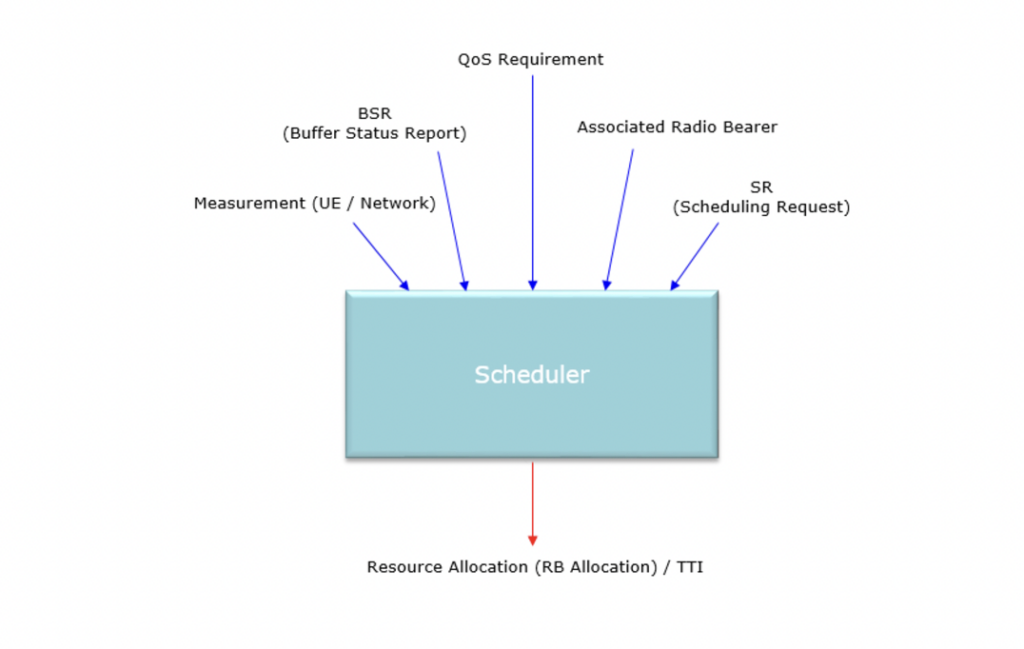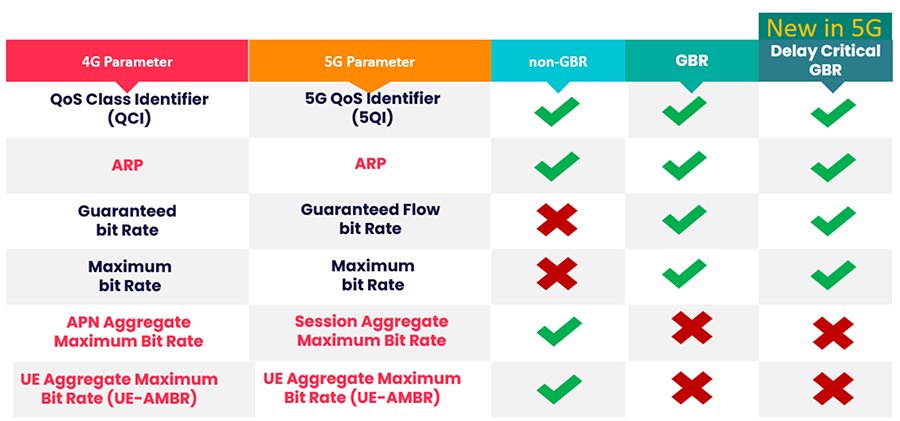As the world rapidly transitions into the era of 5G technology, the focus on efficient communication systems is more critical than ever. At the heart of this advanced network lies a crucial component known as the scheduler. This article delves into the functions and significance of a scheduler in a 5G network, highlighting its role in ensuring that users receive optimal service across various applications.
What is a Scheduler
In the context of a 5G network, a scheduler is a sophisticated system that dynamically allocates resources—such as time, frequency, and power—to user equipment (UEs) connected to a base station, known as a gNodeB (gNB). The primary goal of the scheduler is to deliver a high-quality service (QoS) tailored to the diverse needs of 5G applications. These applications range from ultra-reliable low-latency communication (uRLLC) to massive machine-type communication (mMTC) and enhanced mobile broadband (eMBB).
Also read: Morse Micro Unveils Next-Generation Wi-Fi HaLow SoC with Enhanced Performance
While the 3rd Generation Partnership Project (3GPP) has established standards for 5G, the specifics of scheduling are not explicitly defined. Instead, the standards provide guidelines on processes like measurement collection that can inform scheduling algorithms. This means that individual gNB manufacturers have the flexibility to design and implement their own scheduling algorithms based on these guidelines.
Key Factors in Scheduling
Several factors play a pivotal role in the scheduling process. For instance, the scheduler must consider real-time data such as changing channel conditions, which can impact user demands and locations. Power headroom reports are essential, as they measure the difference between the required transmit power and the actual power available, helping to manage power-aware packet scheduling effectively.
Another critical component is the buffer status report, which informs the gNB about the amount of data queued for transmission by a user. Additionally, the QoS requirements—including priority, delay, and throughput—vary based on the type of data being transmitted. For example, real-time video streaming has different requirements compared to non-critical data packets.

Downlink and Uplink Considerations
The scheduler’s responsibilities extend to both downlink and uplink communications. In downlink scenarios, the scheduler can dynamically allocate resources to various UEs. If latency-sensitive data is in the buffer, the gNB may halt transmission to a less critical UE and prioritize the delivery of this urgent data.

In terms of uplink resources, the process is similarly dynamic but relies heavily on reports sent by the UEs themselves. If latency-critical data is queued, the gNB can adjust its scheduling to prioritize that data. Each UE is equipped with an uplink rate control function that manages how resources are shared among logical channels. The radio resource control (RRC) assigns a prioritized bit rate (PBR) and buffer size duration (BSD) to each logical channel, ensuring that critical applications receive the necessary bandwidth and speed.
Also read: How are the thermal challenges of 5G radios being resolved?
Classification of Bit Rates
The scheduling process also involves classifying bit rates based on application requirements. In 5G, there are three primary classifications:
1. Non-GBR (Guaranteed Bit Rate): This type has the lowest scheduling priority and does not guarantee a specific flow bit rate. Applications like web browsing and texting typically fall under this category, as they are not time-sensitive.
2. GBR: This classification is reserved for time-sensitive applications, such as voice and video calls, providing a guaranteed flow bit rate for a higher quality of service.
3. Delay Critical GBR: The highest priority classification, Delay Critical GBR, is designed for critical applications requiring minimal latency, such as intelligent transportation systems and Industry 4.0 automation. While there is no strict performance level, scheduling algorithms aim to maintain a delay budget of 100 milliseconds for GBR applications and 10 milliseconds for Delay Critical GBR applications.
The Importance of Scheduling in 5G Networks
The role of scheduling in 5G networks cannot be overstated. It is essential for ensuring that users experience the required quality of service across various applications. Though the specifics of the scheduling algorithm are determined by the gNB manufacturers, the overarching principles outlined by the 3GPP standards guide these implementations.
Also read: Test Wi-Fi 6E and Ethernet using this handheld device.
As the demand for high-speed, reliable communication continues to grow, understanding the intricacies of scheduling in 5G networks becomes increasingly important. By effectively managing resources and prioritizing data transmission, schedulers play a vital role in shaping the future of mobile communication.














Leave a comment